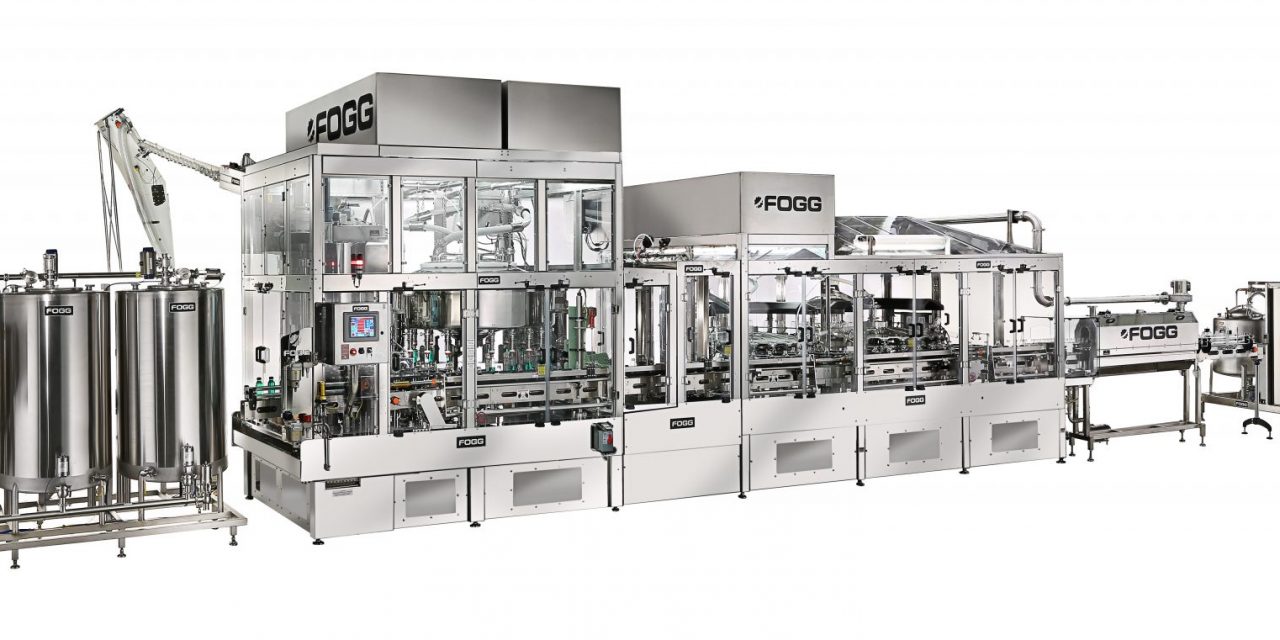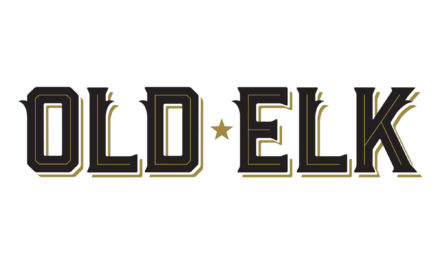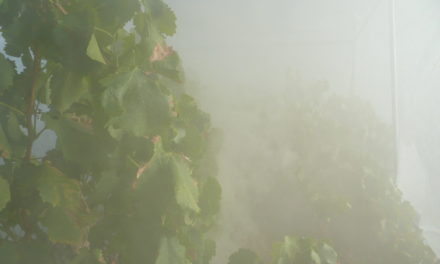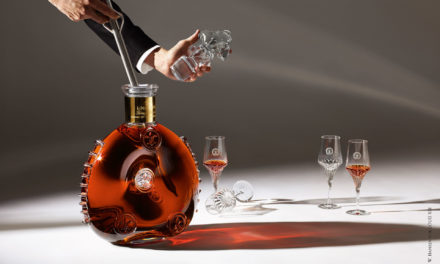When it comes to bottling lines—whether it’s a manual, semi- or fully automated system—speed, ease of use and efficiency are cornerstones to success. Determining the best type of unit to meet production demands starts with a few key questions, according to Ken Kosmicki, project manager at Della Toffola USA, a company that designs and manufactures winemaking, brewing and other innovative equipment across the beverage and food industries. “We ask customers what they’re looking to package per hour, what type of product they want to bottle, and how quickly they need it to operate.”
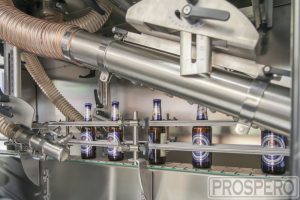
[Photo courtesy Prospero Equipment]
Matt DiDonato, who’s responsible for East Coast sales at Prospero Equipment Corporation (offering equipment and solutions for wineries, breweries and distilleries), uses this guidepost to determine system requirements and level of automation: “We recommend our customers try to size for year four or five of production, if possible.”
If the budget isn’t available at the onset (the company’s still wine setups start at $90,000; sparkling begin at $150,000), DiDonato suggests starting out with a semi-automatic system ($25,000 for still setups and $65,000 for carbonated) until production levels bump up, at which time customers can plan for an upgrade. “If a distiller wants to be small—1,000 to 3,000 cases per year—we recommend semi-automatic. Anywhere above 5,000 cases, it makes more sense to go to an automatic machine,” he says.
 Production levels determine need
Production levels determine need
Automated systems allow for greater precision and speed, whereas manual and semi-automated machinery can accommodate more variability without excessive added costs (for changes such as bottle type and size). But there are trade-offs. Mike Raczynski, sales manager at Fogg Filler, a company that specializes in the design and manufacture of rotary, filling, rinsing, capping, and enclosure systems for the beer, cider, and spirits industries, says, “Manual systems are not very reliable at times, nor accurate with fill levels. Capping can also be a headache.
“There’s quite a range from manual to automated inlines,” he explains. “When a customer has a need upgrade their equipment, they’re usually replacing an inline-type technology that still requires constant adjusting and tweaking. These are also typically labor intensive—four to five bodies on the line. But if they can upgrade to a rotary-style filler, they’ll eliminate many of the filling and capping challenges that can ultimately affect their product’s shelf life.”
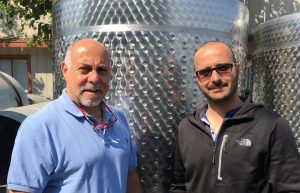
Bruno and Davide Criveller
Criveller says when customers hope to botlle more than 7,000 bottles per day, it makes sense to consider automatic solutions. But, he cautions, “When someone wants to start a distillery, winery, or brewery, we recommend keeping the packaging as simple and as uniform as possible. The moment you start varying closures or the size and shape of bottles, you’ll have to spend a lot more money.”
Raczynski agrees consistency is key. “The best run lines are dedicated to one cap and one bottle,” he says. “The more flexible the system, the more it impacts performance.”
The liquid going into the bottle will likewise govern the type of filler mechanism and impact cost and complexity. Raczynski explains how carbonated products typically rely on pressure fillers and a pre-evacuation process to remove as much oxygen as possible prior to bottle filling. Still beverages use a gravity flow system, with spirits adding an extra level of complexity (and added safety precautions) due to higher alcohol levels.
For companies that produce similar products, can—and should—they share machinery across different beverage types? DiDonato offers, “With beer or cider, there technically could be sharing, but there’s always the concern of cross contamination. Usually there are requirements on the permit side to have [beer and cider] in different facilities, so typically it would be two different machines.”
Other concerns
Proper maintenance of bottling line machinery is essential for maximizing the investment and ensuring continued productivity. From ongoing weekly and yearly maintenance to prep work and inspections, the level of upkeep required comes down to frequency of use. “We suggest weekly inspections of the equipment, greasing points, and cleaning,” Criveller suggests. “If you bottle every day of the week, you’ll need weekly maintenance. If you’re bottling every six months, make sure the machine is lubed and run at least the week prior. It’s important, especially if someone doesn’t have special skills operators on the equipment.”
Criveller also warns against waiting until the last minute to run performance checks, instead recommending maintenance at least one month or more ahead of projected bottling. This way, if problems are present, there’s ample time to address and overcome the challenges.
As technology evolves and production levels increase, system upgrades come into play as a means for optimizing efficiency. From Criveller’s perspective, upgrades are to be expected, which is why the company offers certain concessions. “For clients that upgrade from us, we offer a good trade-in value. We sell fully automated systems to clients with the understanding that, in a year, we’ll give them 90 percent of the value of that machine [toward an upgraded purchase], providing it’s been properly maintained.”
Raczynski discusses how systems evolve at Fogg Filler: “Since we’re an engineering-based company, we have a constant evolution of technology. Our units are designed to be retrofittable to previous designs, and we promote new technology—even on older machines. We see 10 to 20 percent of our annual business coming from upgrades.”
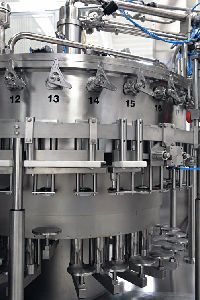
[Photo courtesy Della Toffola]
When Della Toffola clients are looking to increase productivity or make a change, Kosmicki agrees they often turn to others in the industry to sell legacy equipment before purchasing a new unit from the company. “There’s so much comaraderie in the wine and beer industry, [producers] are able to sell off their outgrown equipment and use the money generated toward the cost of a new machine,” he says.
The corporation also sees winery customers using mobile and installed solutions in tandem. “They may have one or two big runs per year and then smaller ones the rest of the time. In those cases, it makes sense for customers to buy a machine for the smaller runs and rent or use mobile service for the bigger jobs.” Kosmicki says Della Toffola sees value in being both the designer and manufacturer of bottling line equipment.
Company CEO Mariangela Guarienti adds, “We have full-time, trained technicians that are part of the Della Toffola USA team. When a customer comes to us with a problem or question, we aren’t just a distributor that’s buying and reselling equipment. They can have the confidence knowing the service they receive when buying with us comes from the people that manufacture the equipment. Customers can be confident in the after-sales service and care they receive from us, because we’re the manufacturers and have our own onsite technicians.”
Despite the complexity of bottling line equipment, with an accurate assessment of production levels, goals, and an understanding of the budget to back it, deciding what type of system you need—at any production level—becomes a clear choice.

